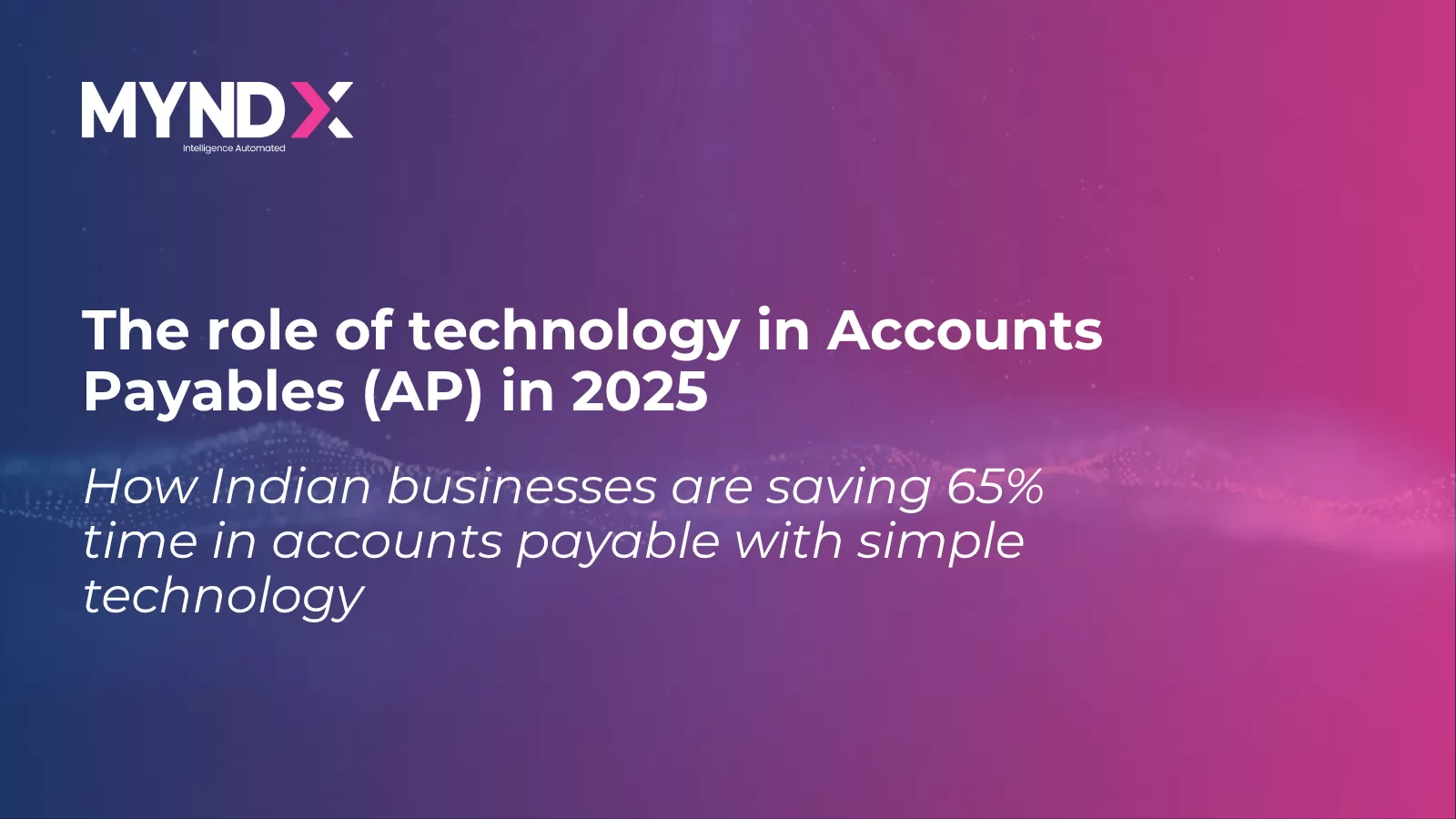Imagine this: your sales team is closing deals left and right. Your company is growing, and revenue numbers look fantastic on paper. But when you look at the bank account, the story is different. Cash flow is tight, and you’re spending more time chasing payments than focusing on the next big opportunity. This is a common challenge for many businesses. The gap between a sale and the cash in hand is where many growth stories hit a roadblock. The solution lies not in selling less, but in selling smarter. This is where effective customer credit management and risk assessment come into play.
Strong credit management is the silent engine that powers sustainable business growth. It’s about creating a framework that allows you to confidently extend credit to the right customers, protect your cash flow, and build stronger, more transparent relationships. It’s a balance of enabling sales and safeguarding your company’s financial health. In this guide, we will walk through the best practices for building a robust credit management system, powered by smart processes and modern technology.
Why Strong Credit Management is More Than Just Collecting Payments
Often, credit management is seen simply as the accounts receivable team’s job to chase overdue invoices. However, its role is far more strategic. A well-implemented credit management function is a competitive advantage, especially in a dynamic market.
- It Enables Sales Safely: A clear credit policy empowers your sales team. They know exactly what kind of terms they can offer, which helps them close deals faster without putting the company at unnecessary risk.
- It Protects Your Cash Flow: Cash is the lifeblood of any business. Timely payments ensure you have the working capital needed to pay your own suppliers, invest in inventory, meet payroll, and fund growth initiatives.
- It Reduces Bad Debt: By assessing customer risk upfront and monitoring it continuously, you can significantly reduce the chances of non-payment, which directly impacts your bottom line.
- It Builds Better Customer Relationships: When credit terms, invoicing, and communication are clear and professional, it builds trust. Customers appreciate transparency, and a smooth financial relationship can strengthen the overall business partnership.
For businesses operating across the country, having streamlined processes is crucial. The right credit management solutions India-based companies need must account for diverse customer profiles, from small local enterprises to large national corporations.
The Foundation: Building a Robust Credit Policy
Before you can use any tool or technology, you need a clear rulebook. A credit policy is a formal document that outlines how your company will extend credit to customers and manage receivables. It ensures consistency and removes guesswork from the process. A strong policy should cover these key areas:
1. Defining Credit Terms
This is the starting point. Will you offer Net 30, Net 45, or Net 60 days for payment? Your terms should be competitive for your industry but also align with your own cash flow cycle. You might also consider offering a small discount for early payment (e.g., 2/10 Net 30), which can incentivize customers to pay faster.
2. Setting Credit Limits
How much credit are you willing to extend to a single customer? This should not be an arbitrary number. A credit limit should be based on a customer’s financial health, payment history, and their importance to your business. A new, small customer might start with a low credit limit, which can be reviewed and increased as they establish a reliable payment history.
3. The Customer Onboarding Process
What information do you need before you offer credit to a new customer? A standardized credit application form is essential. This should capture basic information like the company’s legal name, GST number, address, and trade references. This data forms the basis of your initial risk assessment.
4. Clear Collection Procedures
Your policy must clearly define the steps to be taken when an invoice becomes overdue. This creates a consistent process for your team to follow. For example:
- 7 days past due: Automated email reminder.
- 15 days past due: A personal phone call from the accounts team.
- 30 days past due: A formal letter of reminder.
- 60+ days past due: Escalation to a senior manager or consideration of a third-party collection agency.
Having these steps documented ensures that every customer is treated fairly and that no overdue accounts are overlooked.
The Engine: Technology-Driven Risk Assessment
In the past, risk assessment was a manual, time-consuming process that relied on outdated information. Today, technology has transformed this function, making it faster, more accurate, and more proactive. This is where modern credit management solutions India-based businesses can leverage for a significant advantage.
Automated Credit Scoring
Instead of manually reviewing every application, technology platforms can use predefined rules and algorithms to assign a risk score to a new customer. This score can be based on data from their application, information from credit bureaus, and even public financial data. Automation removes personal bias and allows your team to make faster, data-backed decisions. High-scoring, low-risk customers can be approved quickly, while lower-scoring applicants can be flagged for manual review.
Integrating Multiple Data Sources
A powerful credit management system can connect to various data sources to build a complete picture of a customer’s financial health. In the Indian context, this could include integrating with sources that provide access to GST payment records, Ministry of Corporate Affairs (MCA) data, and other public financial information. This gives you a much deeper insight than just relying on trade references.
Real-Time Monitoring and Alerts
A customer’s risk profile isn’t static; it can change over time. A good customer might face financial difficulties and start delaying payments. Technology enables you to monitor customer payment behavior in real-time. The system can automatically flag accounts that are showing signs of increased risk—for example, a customer who always paid on time suddenly has three overdue invoices. This allows you to proactively reach out and address the issue before it becomes a major problem.
The Day-to-Day: Best Practices for Proactive Credit Management
With a strong policy and the right technology in place, your focus can shift to executing the day-to-day processes efficiently.
1. Clear and Timely Invoicing
The collection process starts with a good invoice. Many payment delays happen simply because of incorrect or confusing invoices. Ensure your invoices are sent out as soon as the goods or services are delivered. They should clearly state the invoice number, due date, amount due, and provide clear instructions on how to pay. Automating the invoicing process eliminates manual errors and ensures consistency.
2. Proactive Communication
Don’t wait until an invoice is overdue to communicate. A friendly, automated reminder sent a few days before the due date can be very effective. This is not about chasing but about providing good customer service. It helps the customer remember the payment and gives them a chance to raise any issues they might have with the invoice before it becomes late.
3. Offer Flexible Payment Options
Make it as easy as possible for your customers to pay you. In today’s digital world, businesses should be able to accept payments through various channels, including bank transfers (NEFT/RTGS), UPI, and payment gateways. The fewer obstacles a customer has to paying, the faster you will receive your money.
4. A Streamlined Dispute Resolution Process
Sometimes, customers withhold payment because of a dispute—a wrong quantity delivered, a damaged product, or a disagreement over pricing. If you don’t have a clear process to handle these issues, they can drag on for weeks, holding up payment. A dedicated process to quickly investigate and resolve disputes is crucial. This not only speeds up payment but also shows the customer that you are responsive to their concerns.
The Future: Continuous Improvement with Data and Analytics
Effective credit management is not a “set it and forget it” activity. It requires continuous monitoring and improvement. Your technology platform should provide you with the data and analytics you need to make informed decisions.
We believe in tracking a few key performance indicators (KPIs) to measure the health of your credit management function:
- Days Sales Outstanding (DSO): This measures the average number of days it takes for you to collect payment after a sale. A lower DSO means you are converting sales to cash more quickly.
- Collection Effectiveness Index (CEI): This KPI measures how effective your team is at collecting all the money that is due within a specific period.
- Bad Debt Percentage: This is the percentage of your revenue that you have to write off as uncollectible. The goal is to keep this number as low as possible.
By analyzing these metrics, you can identify trends. For instance, you might discover that customers from a particular industry or region consistently pay late. This insight allows you to adjust your credit policy for that segment. This data-driven approach is a core feature of the most effective credit management solutions India has to offer, turning your credit department from a cost center into a strategic business unit.
Conclusion: Building a Resilient Financial Future
In a competitive business landscape, managing customer credit effectively is not just an administrative task—it’s a strategic imperative. It’s about creating a system that supports your sales team, protects your financial resources, and fosters positive, long-term customer relationships. By combining a clear and consistent credit policy with the power of modern technology and data analytics, you can turn your credit management process into a powerful engine for sustainable growth.
This journey moves your business from a reactive state of chasing payments to a proactive one of managing risk and optimizing cash flow. The result is a more resilient, financially healthy organization that is well-prepared for future opportunities.
Ready to strengthen your financial operations? Connect with our experts to discuss how you can build a more resilient and technology-driven credit management framework for your business.














